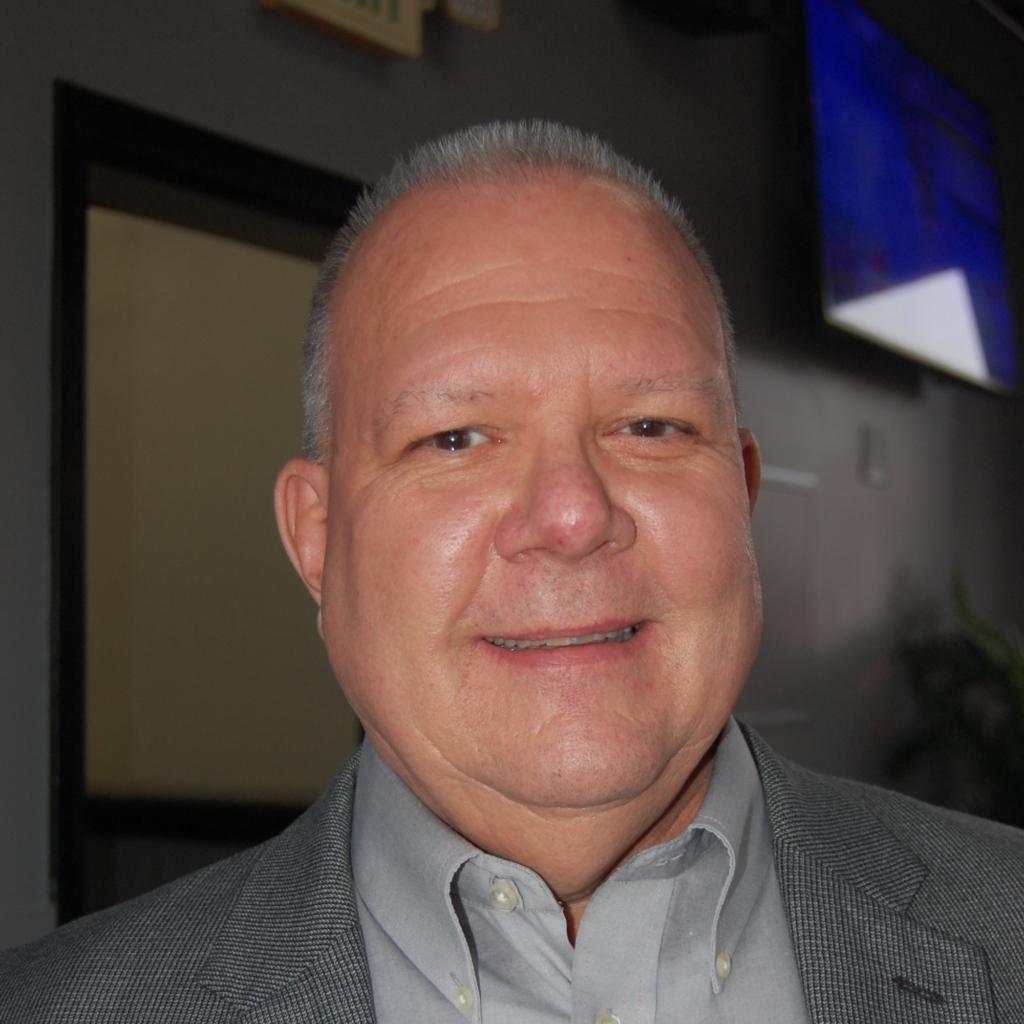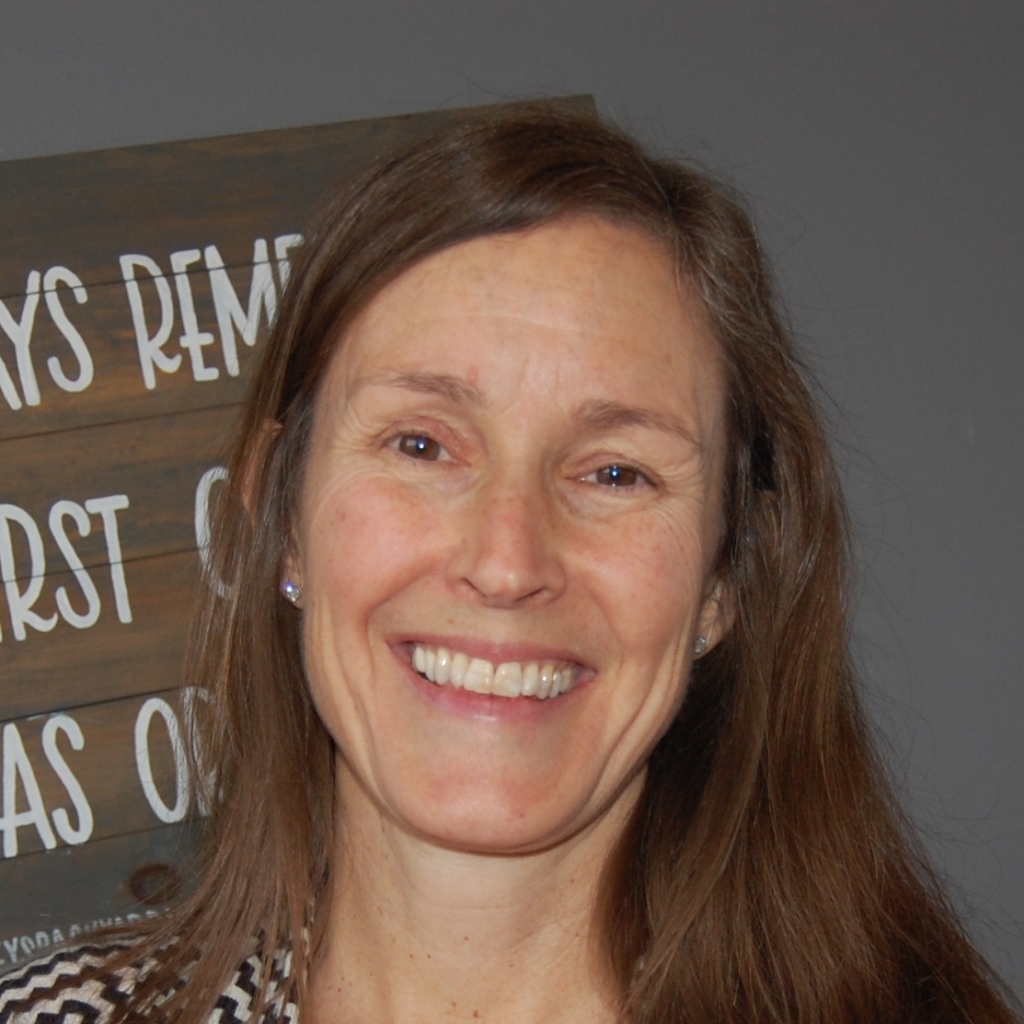New terminology is added to the commercial real estate vernacular on a near-daily basis. At the NAIOP Maryland March Madness event, we asked several participants to provide their definition of the “future-proof office” concept. Here are their answers, with the actual definition below.
 “Many companies were caught flat-footed when the health crisis took hold and were forced to pivot and make changes on the fly. They don’t want to be caught in this situation again. To prepare for any scenario, organizations are maintaining a flexible workplace that is highly amenitized and includes the latest technology.”
“Many companies were caught flat-footed when the health crisis took hold and were forced to pivot and make changes on the fly. They don’t want to be caught in this situation again. To prepare for any scenario, organizations are maintaining a flexible workplace that is highly amenitized and includes the latest technology.”
John Black, President, MacKenzie Capital
 “It is an office that is thinking into the future about things that may emerge and significantly impact its environment and workflow, such as dealing with a pandemic and making sure the office is flexible or reacting to a shift in technology and being sure that mechanical equipment is properly placed to take advantage of advances.”
“It is an office that is thinking into the future about things that may emerge and significantly impact its environment and workflow, such as dealing with a pandemic and making sure the office is flexible or reacting to a shift in technology and being sure that mechanical equipment is properly placed to take advantage of advances.”
Sean Davis, Principal, Morris & Ritchie Associates
 “The future-proof office will be packed with multiple amenities and feature open spaces for people to meet and engage with other tenants. Most importantly, it will be extremely flexible in terms of how companies can lay the space out in anticipation of emerging needs.”
“The future-proof office will be packed with multiple amenities and feature open spaces for people to meet and engage with other tenants. Most importantly, it will be extremely flexible in terms of how companies can lay the space out in anticipation of emerging needs.”
Bill Libercci, Senior Vice President, NorthMarq
 “An office layout that is completely flexible, with companies always looking ahead to see what is needed by their employees. No decisions are made until future requirements are determined. The design is equal parts fluid, adaptive, flexible, enticing, sustainable and evolving.”
“An office layout that is completely flexible, with companies always looking ahead to see what is needed by their employees. No decisions are made until future requirements are determined. The design is equal parts fluid, adaptive, flexible, enticing, sustainable and evolving.”
Kat Sabo, President, Budova Engineering
Definition according to Penketh Group:
Future-proofing an office means looking ahead at design trends, developments and advancements in an industry to prepare the existing workplace for inevitable movements and requirements of the future. To future proof an office is therefore a form of damage control used to reduce any barriers, limitations or negative consequences as time ticks on and industries evolve.